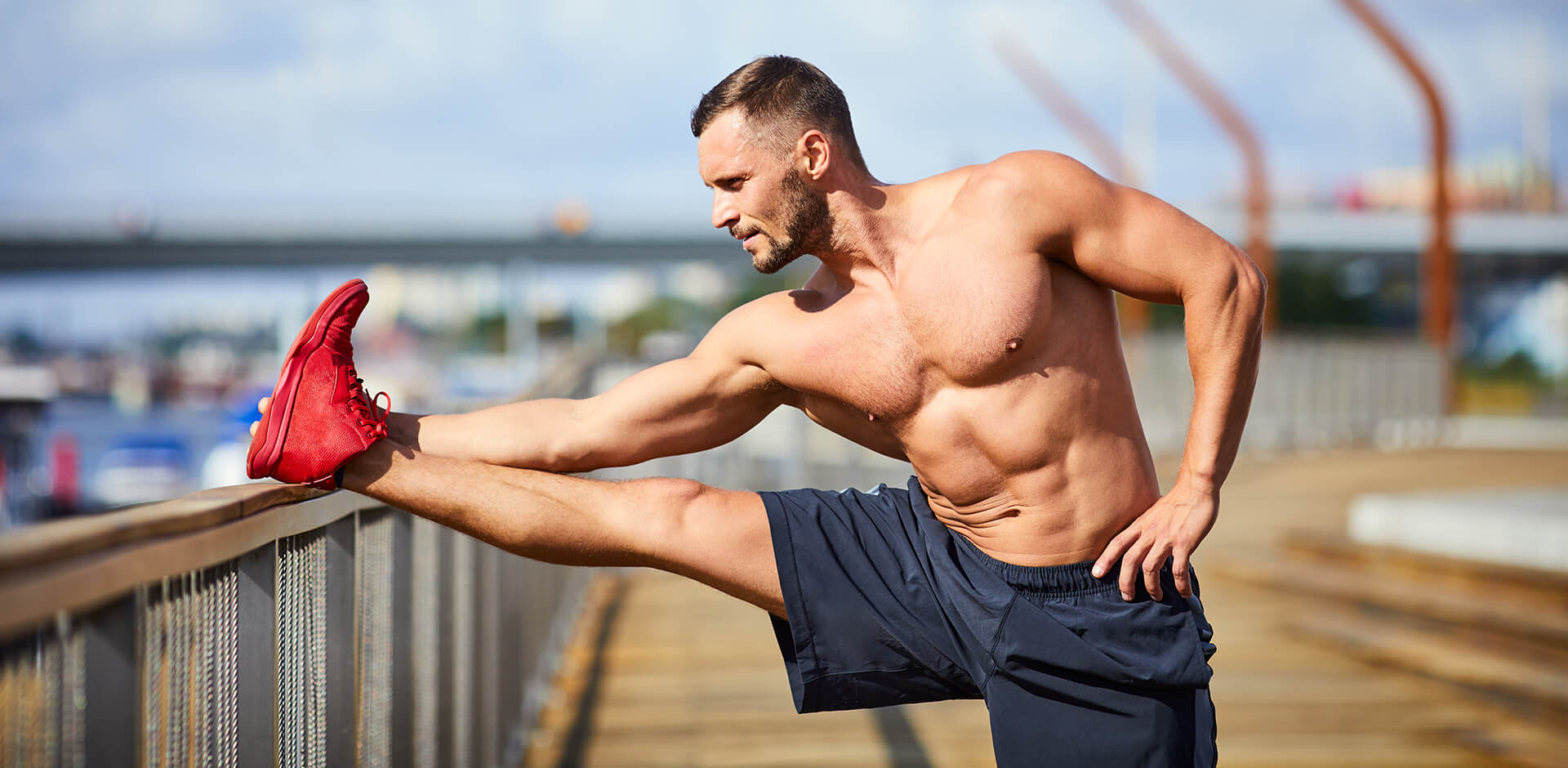The movement of a small child is unlimited. Its stretched muscles and elastic tissues allow him to take positions often funny for us adults. The child can easily put a leg behind its head, do a full squat, make a bridge and even splits. Unfortunately, with age, people often lose the ability to move freely. This is conditioned by many social factors such as: school, work (sitting), stress (increased muscle tension), lack of enough physical activity (reducing the mobility of unused joints). Presenting the concept of mobility should make you aware, dear readers, that this is an important issue in everyday life, and its lack can lead to many dysfunctions of the human system of movement.
Mobility
Mobility is the ability to perform painless movement in the full range of joint work. Of course, there are some genetic issues related to the construction of the skeleton, which can cause that one person will have a larger or smaller range of movement in the joint from the other. As I mentioned earlier, when we come to the world, we are fully mobile. The development of technology and change of habits of our species practically imprisoned us in a sitting position. Eight hours at work behind the desk, commuting to work two hours round trip, and returning from work sitting on the couch in front of the TV. "Couch lifestyle" leads to contracture of many tissues and muscles, which may cause later movement limitations. How many people of you can do a full squat with your arms above your head feeling comfortable at the same time? I assume not much. Today, such a squat can be called a feat. Mobility is important (especially in competitive sport), because it protects us from injuries. When training with high loads, it is important to have the optimal range of mobility in the joints, so as not to break the muscle or dislocate the joint when the movement is rapid (e.g., throwing, jumping).
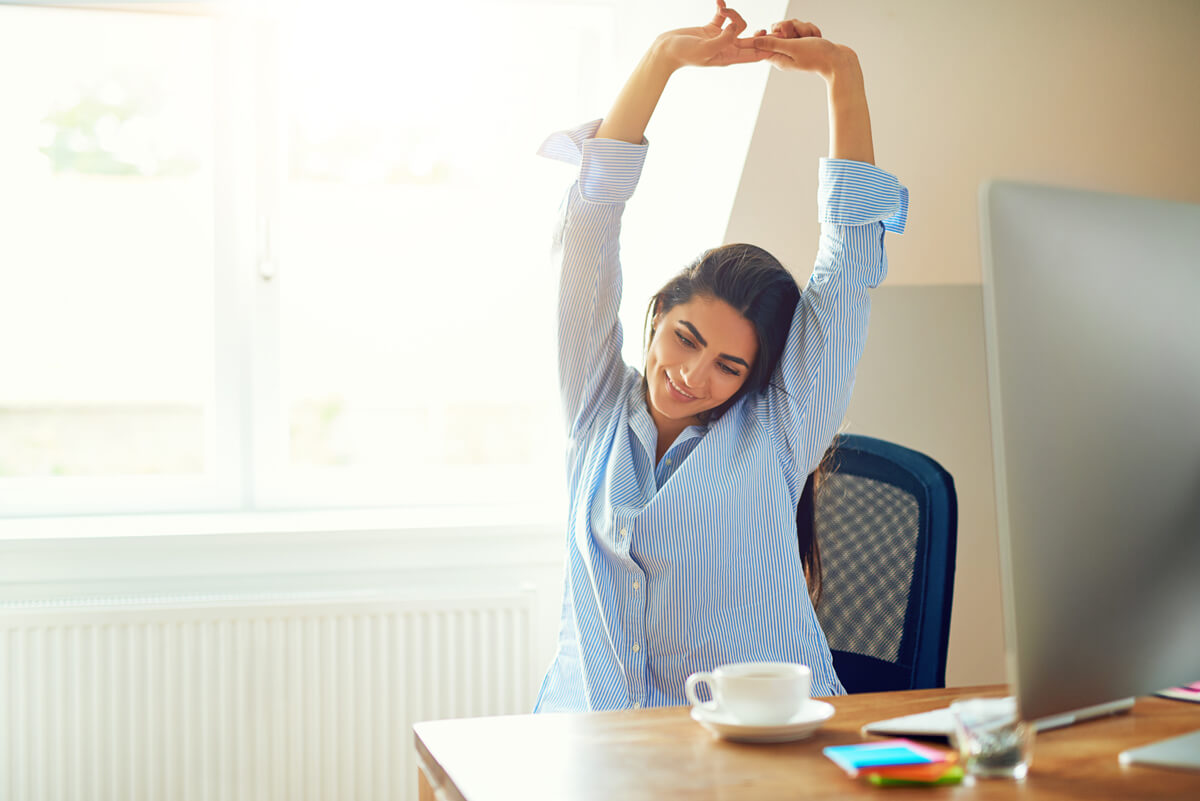
Aside from everything else, think about one. Man is a fantastic creature created for complicated movement. Look at your shoulder, starting from the shoulder to the fingertips. Do you see how many joints you are passing along the way? How many of you are not able to even scratch your back, let alone do a safety pin on both sides or applaud your back because of poor mobility of the shoulder girdle? How many of you cannot make a gymnastic bridge because they are not allowed by poor mobility of the spine and shoulder joints? Maybe someone cannot make the slope forward with the touch of the floor, keeping the knees straight? It is not without reason that movement is health. Unused joints with age cause that their vitreous tissues are calcified and the mobility is reduced more and more to extreme situations, such as "freezing" the joint.
How to start improving the mobility of our body?
Above all stretching
Stretching is the simplest and one of the most effective methods of increasing the range of motion. It directly affects the contorted muscles that may restrict movement in the joint.
Stretching does not require specialized equipment, but only a little free space.
Divided into a dynamic and static. Dynamic is based on fast movements in the full available muscle work area. These will include, for example, the extinction of the hands or legs or the bends of the torso. We do such exercises in 2-3 series of 10 repetitions. Static is to maintain the stretched muscle position for about 20-30 seconds.
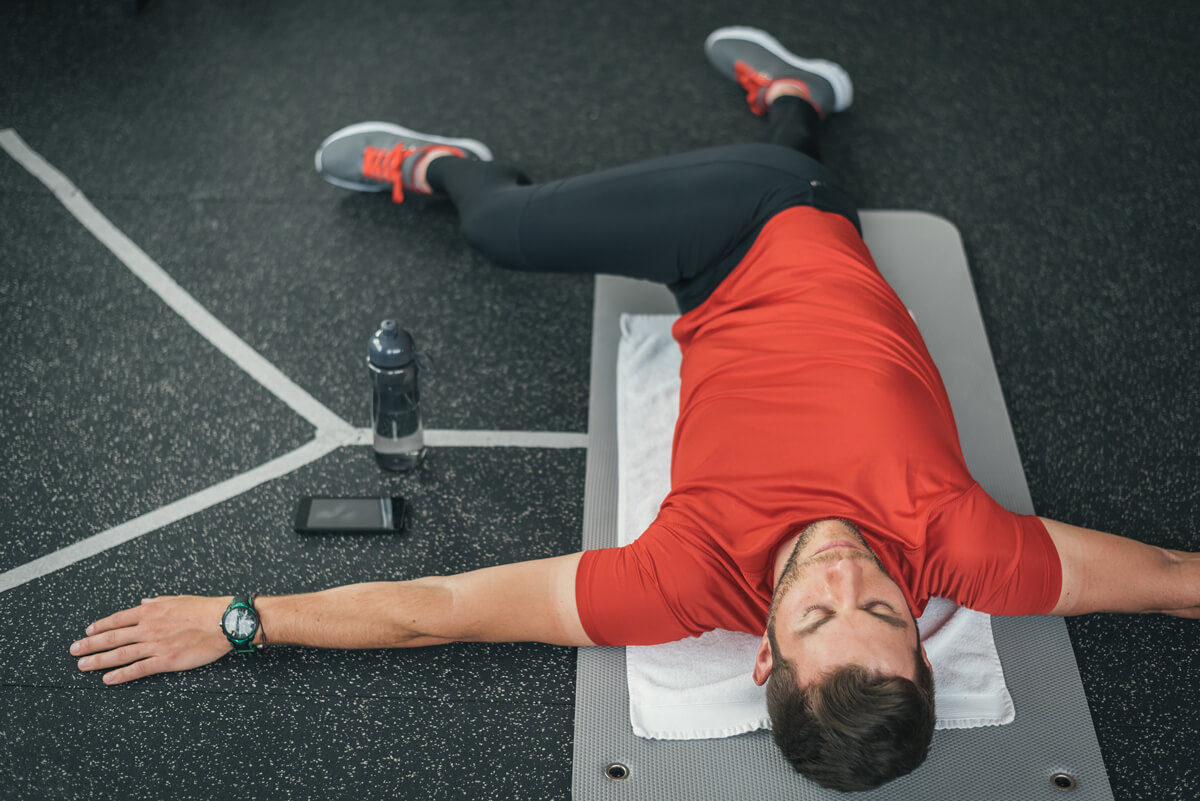
Rolling
Rolling is work on a roller made of hard foam.
It is an automatic massage that puts the fascia fibers in motion hydrating and making it elastic.
Rolling immediately removes muscle tension, increasing the range of motion in the joints.
The tennis and lacrosse balls are used for detailed work, which, like the physiotherapist's elbow, reach the more difficult places, and through a more centralized pressure they give an even better effect.
You can read more about rolling and stretching on the blog in my article "Stretching and rolling without secrets".
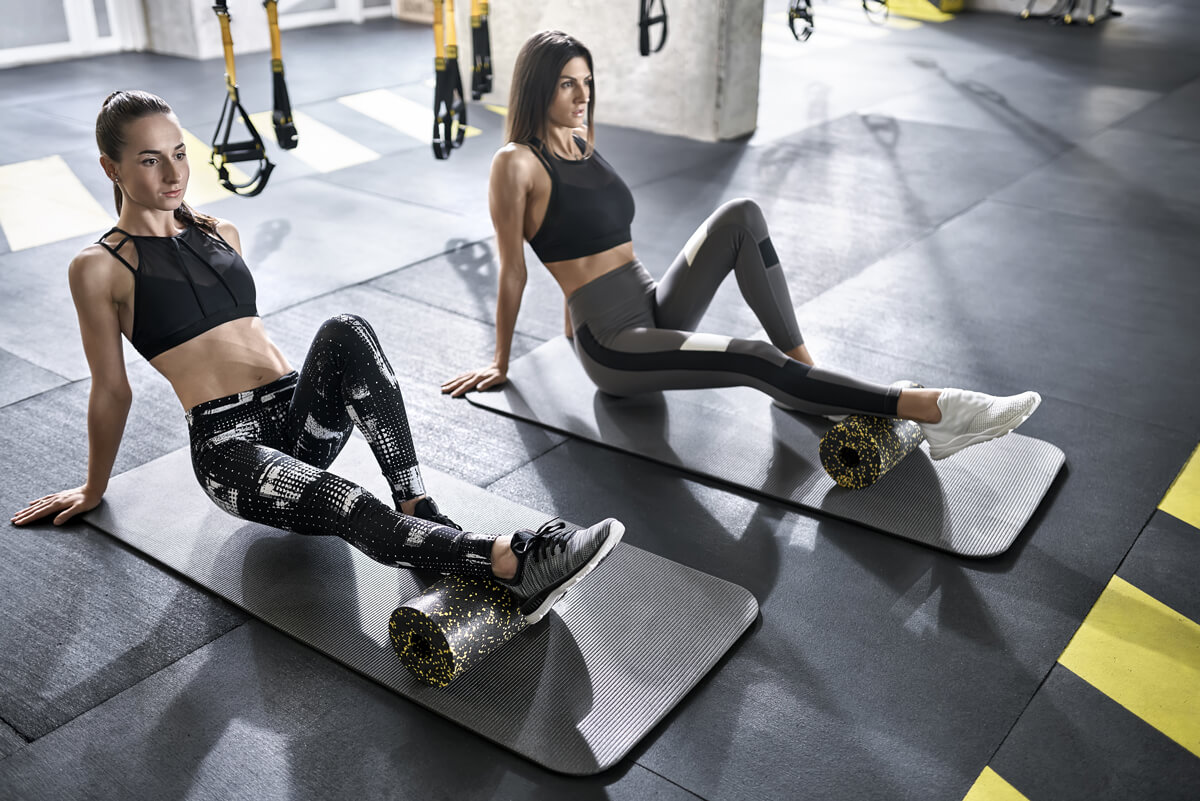
Exercises with rubbers
The use of retaining rubbers in mobility exercises allows the use of external force acting on our joints. These forces allow you to perform translational movements in the joint, which our body is unable to perform due to ligaments limiting these movements. These are: traction (displacement of articular surfaces), compression (approaching joint surfaces) and translation (displacement of joint surfaces in relation to each other). These exercises allow you to "unstick" the surface of the joints, which is caused by compression and tense ligaments. They can also be combined in one session with stretching and rolling, which intensifies the effect of training mobilization.
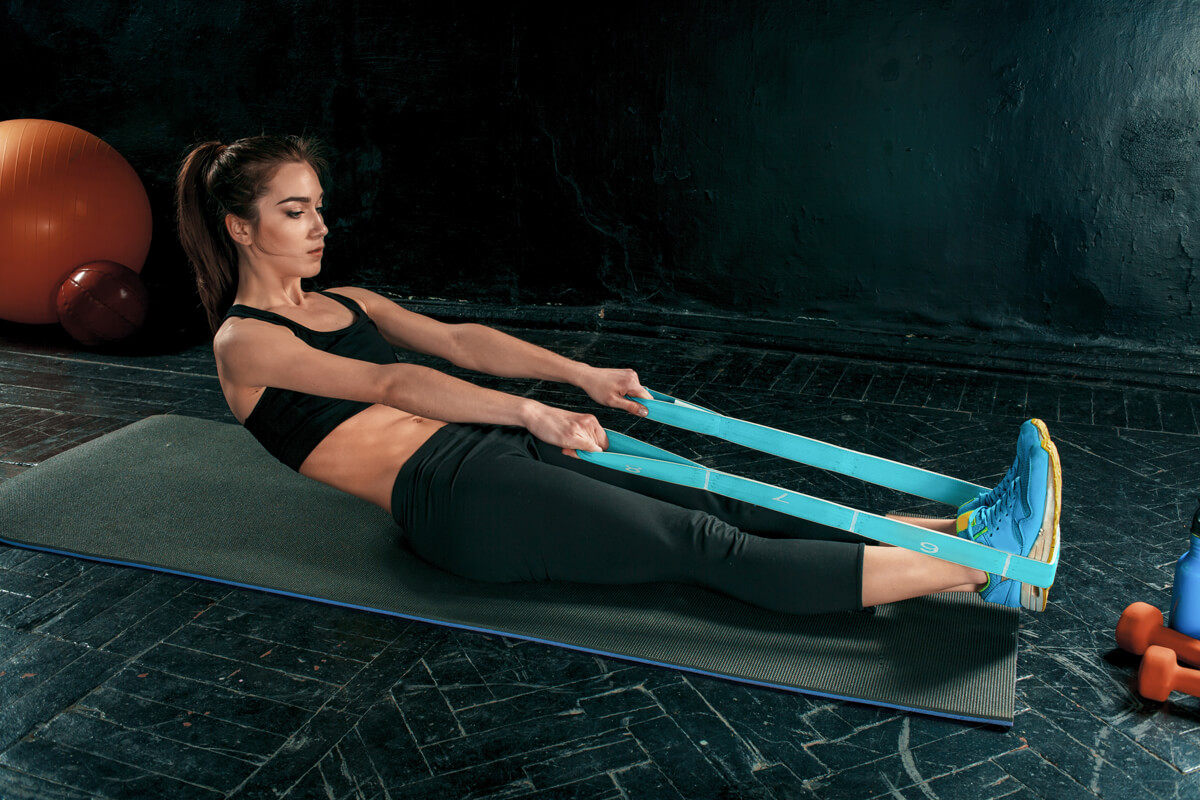
Conclusions
You already know the tools that will help you improve your body so the only thing that lies on your side is a bit of determination and patience to work out a permanent effect in the form of increased mobility. You will be able to freely perform most difficult exercises, and you will not feel tense on a daily basis.


